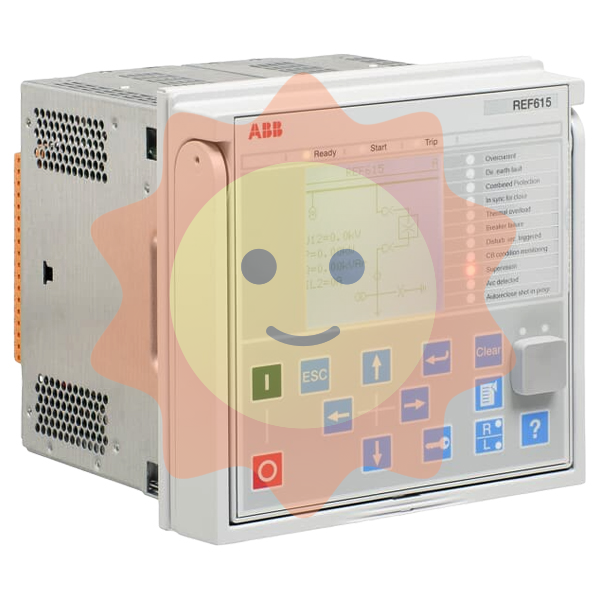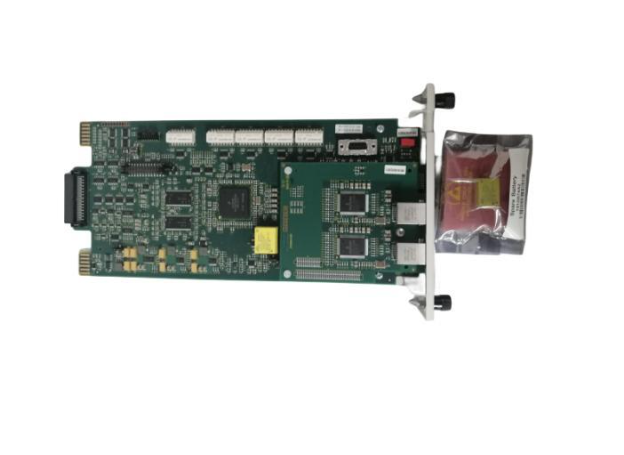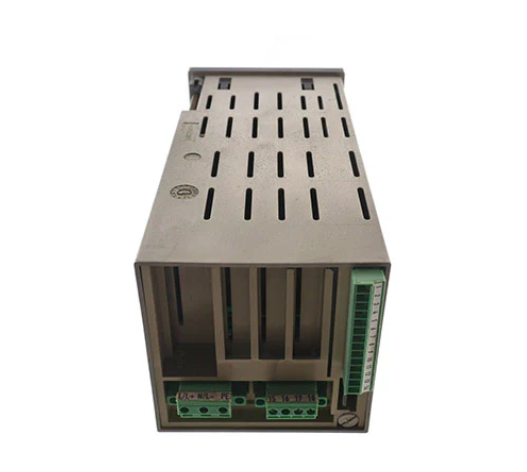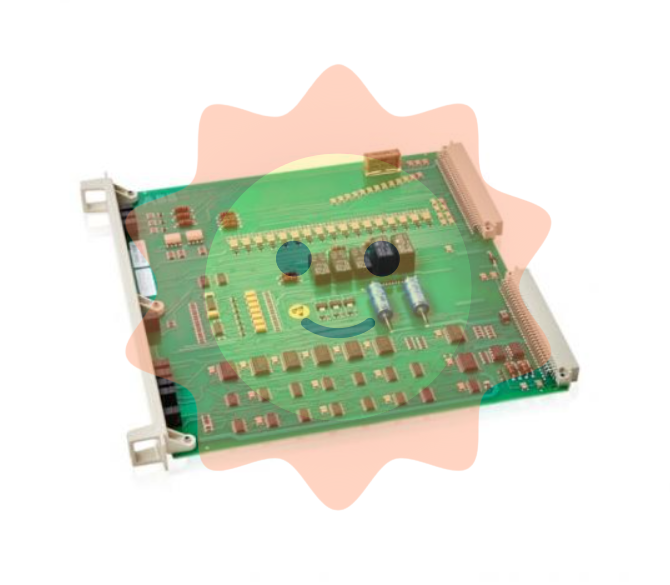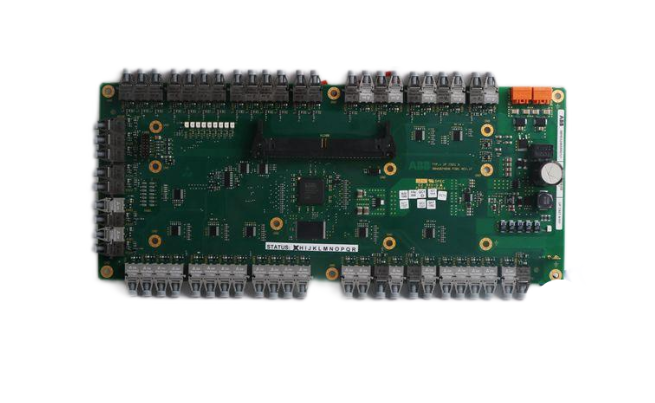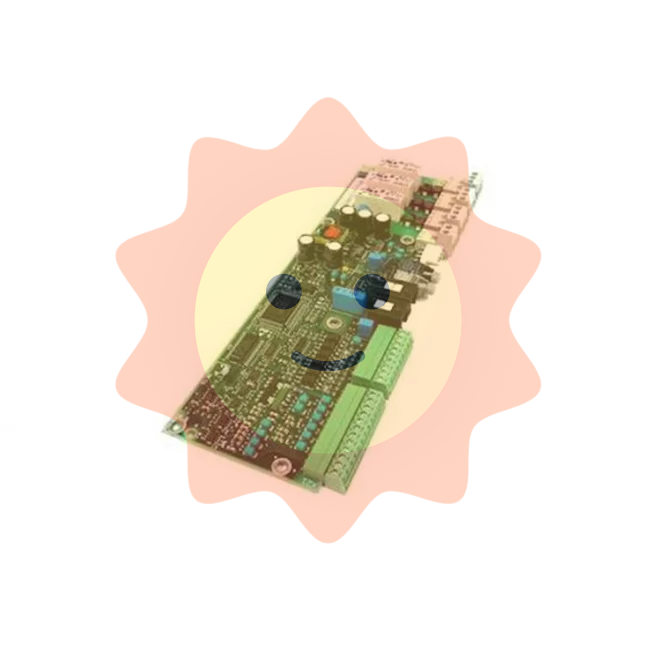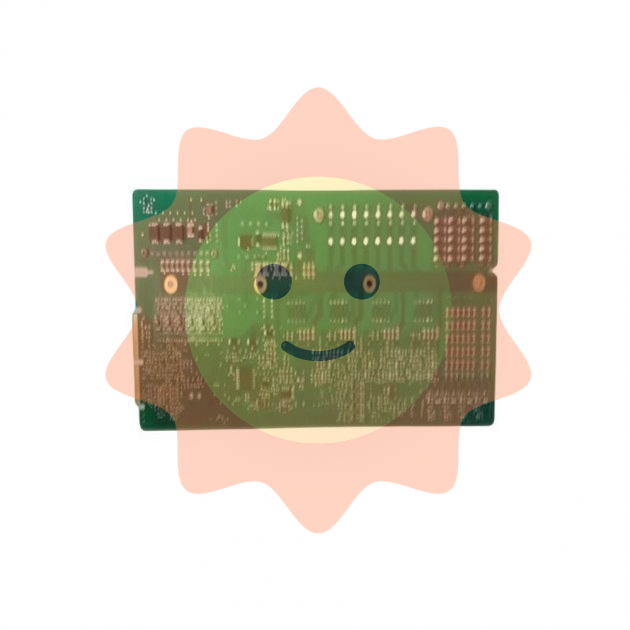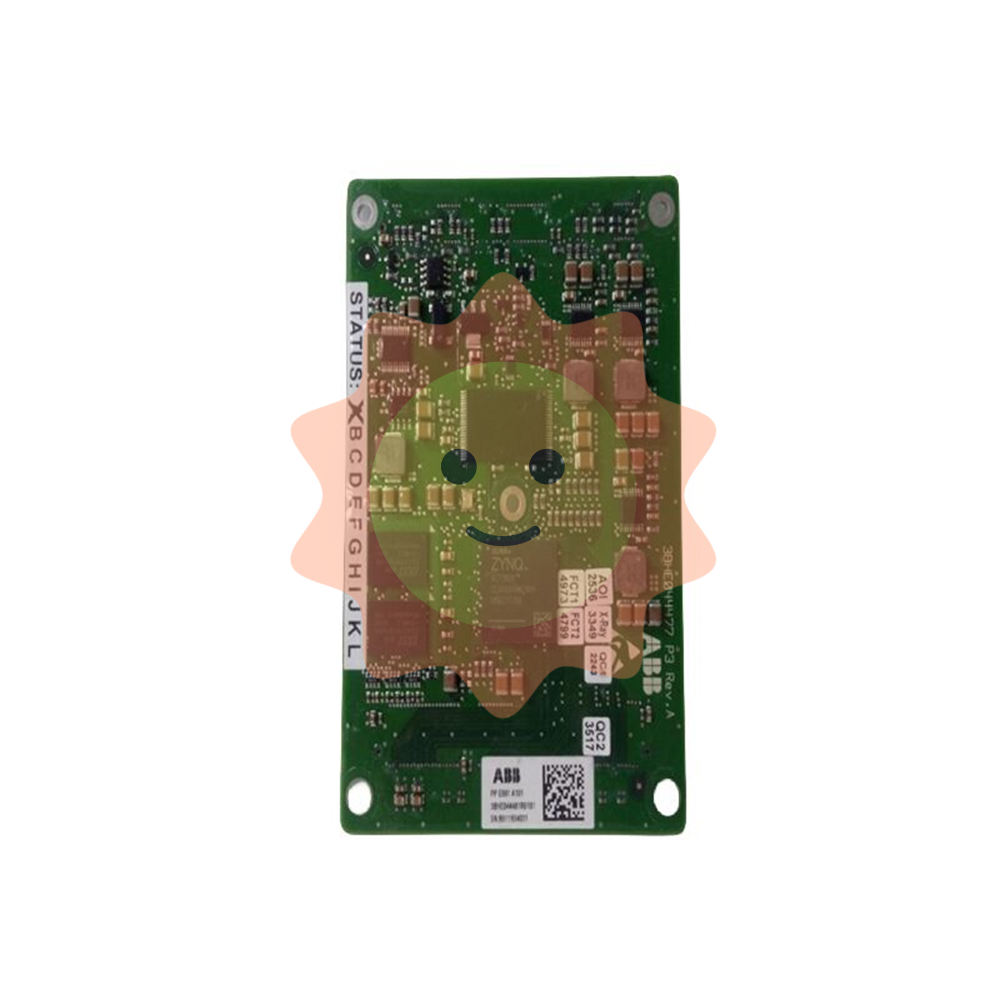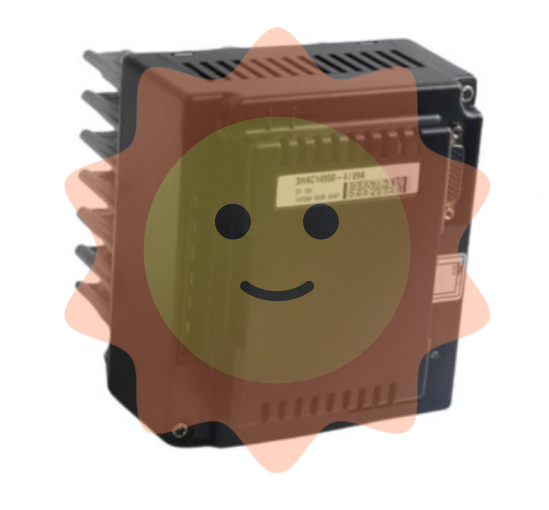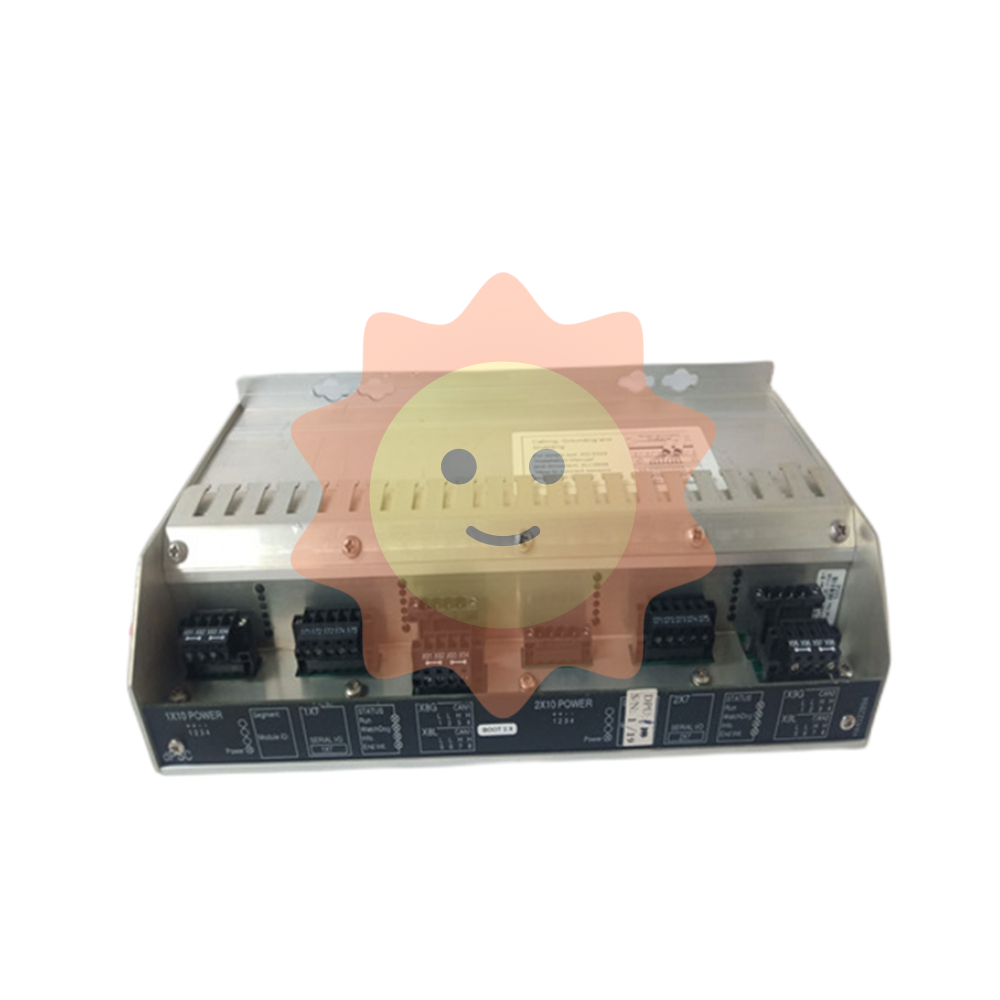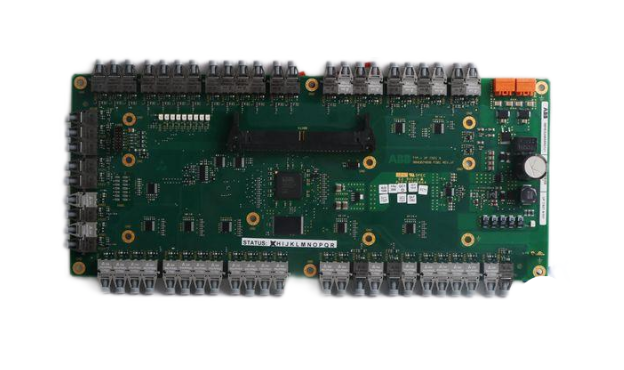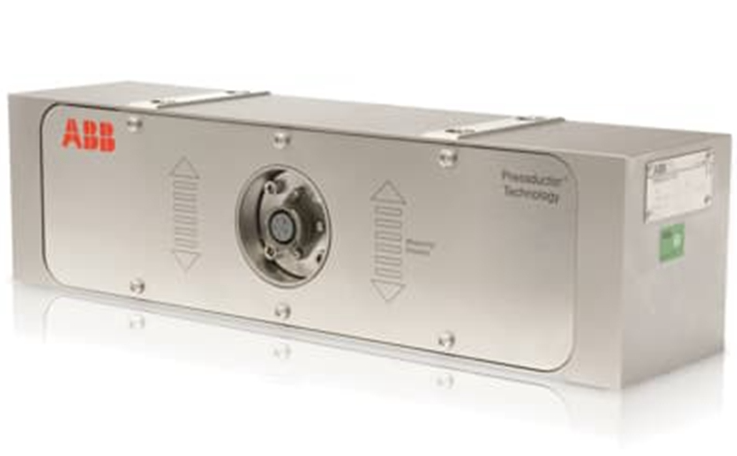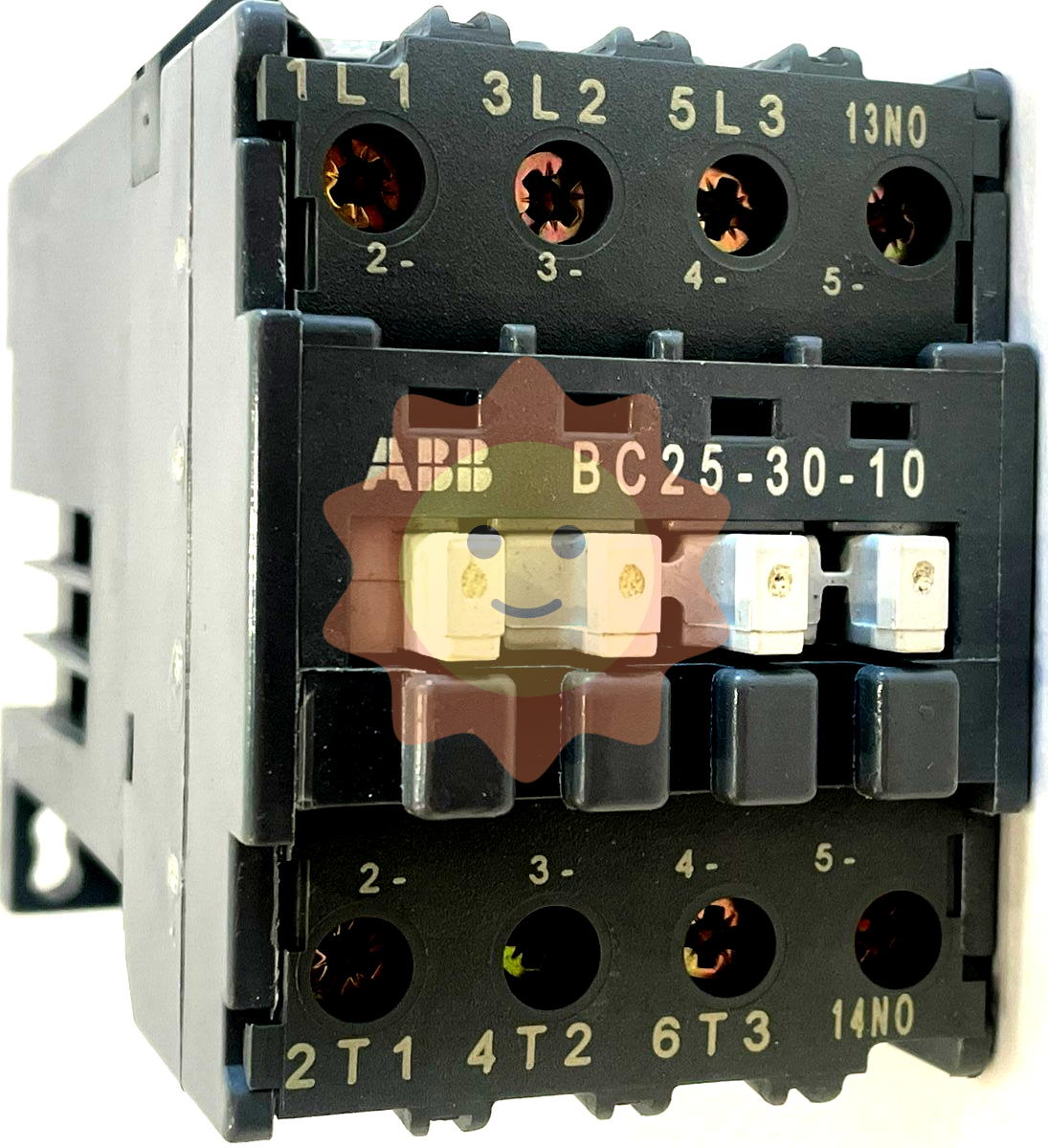Innovation trends to watch in the life sciences
Gene technology leads life science innovation
In 2022, research on the immune escape mechanism of the novel coronavirus mutant strain, the mapping of the translation group of the early human embryo and the activation factors of the zygotic genome, high-precision mapping of the space-time gene expression of life panorama, subversive gene decoding technology, and the molecular mechanism of autophagy initiation in multicellular organisms were selected as the top 10 Advances in life Sciences in China. Let the world see the fruitful results of China's life science research.
Recently, MIT Technology Review announced the "top 10 global breakthrough technologies" in 2023, the life science field holds three spots, respectively, gene editing technology for high cholesterol, on-demand organ production and ancient DNA analysis.
The CRISPR gene editing technology will reach an exciting turning point in 2022, with the potential to expand the scope of the technology's treatment from rare genetic diseases to other common diseases such as high blood pressure. On the basis of CRISPR, single-base editing can accurately edit genes without cutting the double strand of DNA. Lead editing not only converts any base to another, but also inserts DNA fragments into the genome precisely, making it possible to replace disease-causing genes. After evaluating enough clinical data, these innovative gene editing technologies will greatly expand the scope of gene editing for treating diseases.
In 2022, the world's first patient who received a pig heart transplant died 2 months later, and a cell therapy company conducted clinical trials to grow a mini liver that can perform the same function in the human body. Scientists are drawing lessons from such operations and experiments to improve the success rate of xenotransplantation and to build complex tissues and organs from human cells. In the future, organoids that can simulate the function of specific human organs will largely solve the problem of organ transplant shortage.

Today, ancient DNA analysis techniques have matured. With the development of more innovative and cost-effective sequencing technologies, deciphering damaged DNA is no longer difficult. In 2022, the Nobel Prize in Physiology or Medicine was awarded in the field of Rogoku genetics. Dr. Svante Paabo extracted DNA from bone samples of extinct humans, and the evolutionary tree shows the relationship between Homo sapiens and these extinct hominins. The enlightenment brought by ancient DNA has rewritten our understanding of history. Through this technology, the genetic information of ancient humans can be mined and combined with modern molecular biology technology, we can better understand the impact of human evolution on our current human health.
In addition, the use of AI to predict protein structure to help drug development will also achieve substantial results in 2023. In July last year, artificial intelligence company DeepMind announced that it had cracked almost all known protein structures, and the database built by its AlphaFold algorithm now contains more than 200 million known protein structures, which has become a powerful tool for new drug development. At present, hundreds of startups are exploring ways to use artificial intelligence to accelerate drug discovery, DeepMind will launch some blockbuster biotechnology in 2023, and the preliminary results of clinical trials of AI pharmaceuticals are expected to be shown to the world in 2023. It may be a few years before we see AI-assisted drugs hit the market.
Four clinical therapies are worth looking forward to
While revolutionary discoveries are unpredictable, it is possible to predict which ongoing projects will reach new heights in the coming months. In the field of biomedical research, several clinical trials due to be completed by 2023 promise advances in the treatment of cancer, Alzheimer's disease, multiple sclerosis and obesity.
In 2013, a new generation of cancer immunotherapy drugs rose to the top of the top 10 scientific breakthroughs of the year. Unlike chemotherapy and radiation, which directly attack cancer cells, immunotherapy aims to boost the body's normal immune system's ability to fight tumors. In recent years, the immunotherapy community has born PD-1/PD-L1, CAR-T, non-specific immune stimulation, oncolytic virus and other explosive products. A decade after the advent of immunotherapy drugs, the field of cancer immunotherapy is in full bloom. Clinical trial results expected in 2023 will increase the number of patients who can benefit from immunotherapy. Progress this year is expected to extend beyond immunotherapy drugs to vaccines and cell therapies.
On January 6, the FDA approved Lecanemab, a monoclonal antibody against amyloid beta, jointly developed by Eisai and Bojian as a treatment for Alzheimer's disease (AD). At the end of last year, Lilly announced positive data from a phase III clinical trial of donanemab, a monoclonal antibody targeting amyloid beta: After six months of treatment, donanemab reduced amyloid plaque levels in the brains of early-stage Alzheimer's patients by 65.2 percent compared to baseline, compared to 17.0 percent in the active control group. This suggests that amyloid-beta mab is able to quickly and effectively alter the biology of Alzheimer's disease in the early stages of treatment. In 2023, more clinical trial data on AD drugs will shed light on the expected effects of beta-amyloid inhibitors.
Multiple sclerosis (MS) is a serious, lifelong, progressive and disabling neuroimmune disease, with a total of 2,988,700 people living with MS worldwide in 2022. In the second half of 2023, the results of the first two phase III clinical trials of a new drug for the treatment of multiple sclerosis, the BTK enzyme inhibitor, will be announced. At the same time, an international panel of experts is revising diagnostic criteria for multiple sclerosis. They will make recommendations in 2023 that consider biological indicators that can be objectified, rather than diagnosis based solely on symptoms reported by patients. In 2024, the world's first BTK inhibitor for multiple sclerosis is expected to be approved for marketing.

The treatment of obesity is about to enter a new era with the advent of two drugs that can achieve bariatric surgery-like effects. Semaglutide is a glucagon-like peptide (GLP-1) receptor agonist, in 2022, the drug has been approved in Europe and the United States for the treatment of obesity, although not officially approved in China, but has become a popular domestic Internet celebrity weight loss drug. In the second quarter of 2023, Eli Lilly developed a combination of GLP-1 and GIP two hormone synthetic mimic of the weight loss drug Tirzepatide will complete phase III clinical trials, preliminary results show that the drug efficacy is good, small side effects, is expected to be approved in the third quarter for the treatment of obesity.
Research on six popular targets continues to deepen
According to statistics, from 2017 to 2022, the top five hot targets in China are: PD-L1, EGFR, PD-1, VEGFR and HER2. Only in 2022, the top 6 hot targets in China are PD-L1, HER2, PD-1, EGFR, CD3, TIGIT, VEGFR, FGFR and Claudin18.2.
PD-1, an immune checkpoint receptor expressed by activated T cells, is an important immunosuppressive molecule. PD-L1 is the ligand of PD-1. When PD-L1 binds to PD-1, the activity of T cells is inhibited and the original killing effect is lost, resulting in T cells being unable to recognize cancer cells and tumor cells achieving "immune escape". Therefore, the treatment of blocking the PD-1/PD-L1 pathway has become the focus of cancer immunotherapy. As of November 2022, China has approved four PD-L1 inhibitors, with a total of 10 approved indications. Frost & Sullivan data show that by 2023, the global PD-(L)1 inhibitor market will reach $63.9 billion, and the domestic market size will reach 66.4 billion yuan in the same period.
Antibody coupling drugs are a hot track in the field of innovative drugs, and HER2 is the number one hot target. HER2, or human epidermal growth factor receptor 2, is a member of the epidermal growth factor receptor family with tyrosine kinase activity. The polymerization of receptors leads to phosphorylation of receptor tyrosine residues and initiates multiple signaling pathways leading to cell proliferation and tumorigenesis. As a prognostic and predictive biomarker, HER2 gene amplification or overexpression can lead to breast cancer and gastric/esophageal cancer. According to statistics, there are currently 73 antibody-coupled drugs targeting HER2 targets in the world, of which 4 have been approved, 1 has applied for marketing, and 30 are in the clinical research stage.
EGFR epidermal growth factor receptor (EGFR) is a transmembrane glycoprotein, and members of the EGFR family are involved in the occurrence and development of many cancers, including non-small cell lung cancer (NSCLC), through specific driver mutations or gene amplification. As a broad-spectrum anti-tumor target protein, EGFR is one of the earliest and most deeply studied targets. In recent years, with the rise of ADC and dual antibodies, this target has shown a long-standing character. At present, three generations of EGFR-TKI targeting drugs for non-small cell lung cancer have appeared, and the fourth generation of products will also be launched, making continuous efforts to improve survival, overcome drug resistance, and reduce side effects.
CD3 is a transmembrane protein on the surface of T cells, which can bind to TCR on T cells to form a receptor complex to activate T cells, and is the number one target of dual-antibody drug development. CD3 bisecific antibodies can redirect CD3+T cells to the tumor site, which is a promising immunotherapy strategy for the treatment of hematological malignancies and solid tumors. As of December last year, 333 CD3-related projects were in the pipeline worldwide. Experimental data show that the global CD3 target track is progressing rapidly, and there are significant breakthroughs in the treatment of leukemia, diabetes, and cancer.
TIGIT, which stands for T cell immunoglobulin and ITIM domain protein, is a co-inhibitory receptor and is considered to be one of the most promising immune checkpoints after PD-(L)1. Studies have found that TIGIT is highly expressed in a variety of malignant tumors and is closely related to the prognosis of patients. TIGIT targeting MAB can effectively restore T cell function, and then play an anti-tumor role. In 2023, leading pharmaceutical companies, including Roche, will continue to publish the latest research data on TIGIT therapy.

Dozens of blockbuster new drugs are on the verge of approval
In 2022, the FDA's Center for Drug Evaluation and Research (CDER) approved 37 innovative drugs. Among them, 21 were first-in-class innovative drugs, accounting for 57%, the highest in the past year. Oncology remains a hot area for new drug development, followed by nervous system and skin drugs, and a variety of rare diseases have also ushered in new treatment options.
In 2022, the China Food and Drug Administration (NMPA) approved a total of 49 new drugs, of which 30 were imported and 19 were domestically produced. Antitumor drugs topped the list, accounting for 49%; Drugs to treat COVID-19 ranked second, accounting for 10.2%; This was followed by new drugs for blood diseases, new drugs for non-COVID-19 infections and new drugs for immune system diseases.
In the New Year, exa-cel, a gene-editing therapy for sickle cell disease (SCD); mavorixafor, the first drug for patients with the rare disease WHIM syndrome; gepotidacin, an innovative oral antibiotic for acute cystitis; LY3209590, a long-acting insulin for type 2 diabetes; and anti-April monoclonal antibody for immunoglobulin nephropathy More than 10 innovative drugs such as KarXT, the first new drug for schizophrenia in the past year, Tirzepatide, a drug for obstructive sleep apnea, and gene delivery therapy for Duchenne muscular dystrophy are expected to be approved by the FDA.
Meanwhile, Jacotinib, a new class of JAK inhibitors for the treatment of moderate and high-risk myellofibrosis; Herkelenel, a cell therapy product for B-cell acute lymphoblastic leukemia; Detrastuzumab for injection for breast cancer; ritlecitinib, a selective JAK3 inhibitor for alopecia areata; and Nu, a small molecule CGRP receptor antagonist for adult migraine More than 20 new drugs, such as rtec, Mounjaro, GIP and GLP-1 dual-target receptor agonist for the treatment of type 2 diabetes, and Vyvgart for the treatment of myasthenia gravis, are also expected to be approved by CDE, NMPA and other relevant institutions in the domestic market.
These new drugs mainly involve the fields of tumor, autoimmune diseases, anesthesia and analgesia, cardiovascular and metabolic diseases, ophthalmology and rare diseases, including small molecule targeted drugs, bispecial antibodies, antibody-coupled drugs (ADC), siRNA therapy, CAR-T products and other types.
Under the influence of macro factors such as the impact of the epidemic and the downward trend of the capital market, the medical investment and financing market in 2022 has shown a relatively cold trend. As the year 2023 approaches, WHO will have a new definition of whether the COVID-19 pandemic will constitute a global health emergency, and life sciences investment is expected to enter a new historical cycle. At the same time, the continuous promotion and breakthrough of innovative technologies, therapies, targets and even drugs have also injected confidence in the investment and financing of the life science field this year, the investment of the head fund in biology will continue to increase, and the investment in biomedicine in the future will follow the new law.
- EMERSON
- Honeywell
- CTI
- Rolls-Royce
- General Electric
- Woodward
- Yaskawa
- xYCOM
- Motorola
- Siemens
- Rockwell
- ABB
- B&R
- HIMA
- Construction site
- electricity
- Automobile market
- PLC
- DCS
- Motor drivers
- VSD
- Implications
- cement
- CO2
- CEM
- methane
- Artificial intelligence
- Titanic
- Solar energy
- Hydrogen fuel cell
- Hydrogen and fuel cells
- Hydrogen and oxygen fuel cells
- tyre
- Chemical fiber
- dynamo
- corpuscle
- Pulp and paper
- printing
- fossil
- FANUC
- Food and beverage
- Life science
- Sewage treatment
- Personal care
- electricity
- boats
- infrastructure
- Automobile industry
- metallurgy
- Nuclear power generation
- Geothermal power generation
- Water and wastewater
- Infrastructure construction
- Mine hazard
- steel
- papermaking
- Natural gas industry
- Infrastructure construction
- Power and energy
- Rubber and plastic
- Renewable energy
- pharmacy
- mining
- Plastic industry
- Schneider
- Kongsberg
- NI
- Wind energy
- International petroleum
- International new energy network
- gas
- WATLOW
- ProSoft
- SEW
- wind
- ADVANCED
- Reliance
- YOKOGAWA
- TRICONEX
- FOXBORO
- METSO
- MAN
- Advantest
- ADVANCED
- ALSTOM
- Control Wave
- AB
- AMAT
- STUDER
- KONGSBERG
- MOTOROLA
- DANAHER MOTION
- Bently
- Galil
- EATON
- MOLEX
- Triconex
- DEIF
- B&W
- ZYGO
- Aerotech
- DANFOSS
- KOLLMORGEN
- Beijer
- Endress+Hauser
- MOOG
- KB
- Moxa
- Rexroth


Email:wang@kongjiangauto.com








